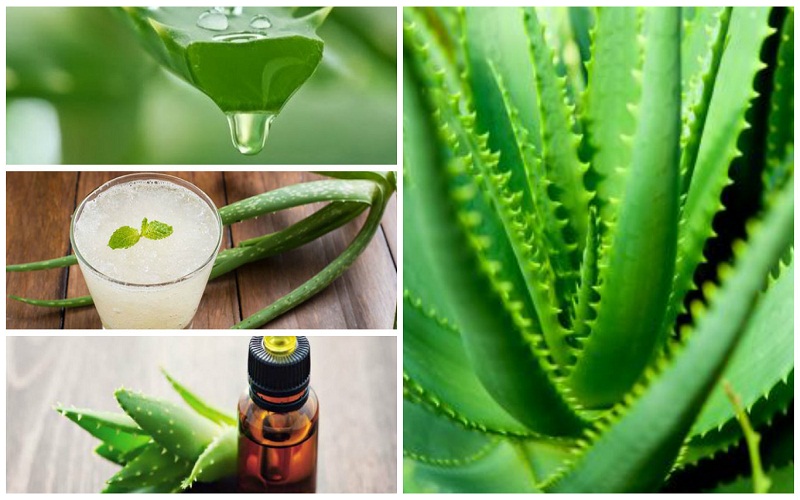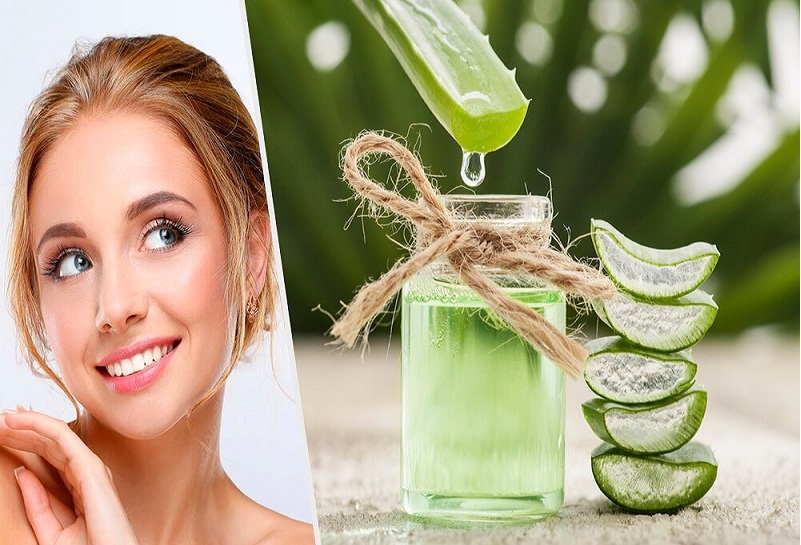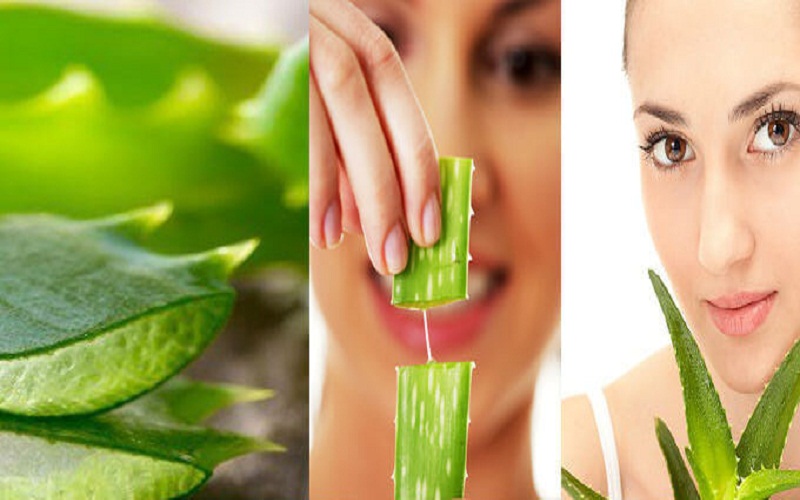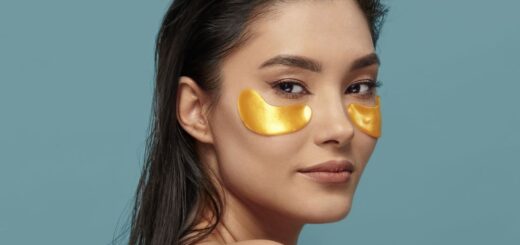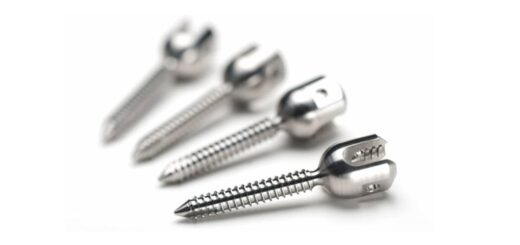Aloe Vera: properties and uses of this medicinal plant
Aloe Vera comes from the Aloe Vera plant, to which benefits and medicinal properties have been attributed for many different uses.
Aloe Vera has become very popular during the last years. As with so many other products of natural origin, many properties. And health benefits are attributed to aloe Vera or aloe Vera, especially for the skin of the face and for the hair.
However, the benefits of aloe Vera are not as clear as many people claim. In this article we have proposed to analyze the scientific evidence about its most frequent uses. As well as the positive and negative effects that may result. In addition we will explain the main uses and care of this medicinal plant.
The plant of Aloe Vera
Aloe Vera is the scientific name for aloe, a perennial plant of the Expectorant family. It is believed to be native to North Africa, Arabia or India and subsequently exported to the rest of the world. Today it is grown in tropical and temperate zones such as Latin America and Australia.
It is a plant resistant to many types of terrain and temperature, as well as pests. But it is difficult to survive in cold or very humid climates.
In the Ancient Age Aloe Vera was used in Egypt, Greece, China and India as a medicinal plant. It was mainly applied on the skin to facilitate the healing of wounds. It is also said that Cleopatra and Nefertiti used this plant as a cosmetic.
The popularization of the crops of this plant is mainly related to its use in the cosmetics industry. However, scientific research has not confirmed the beneficial properties of aloe in this field.
What is it for? Properties and benefits
Aloe Vera is used to make juice (or juice), cream and gel for the face, hair masks. And in other ways. Its main uses as medicine, cosmetic and dietary supplement.
Some of these properties have scientific evidence that supports their use in certain cases, while others are based only on traditional beliefs not demonstrated.
Skin and face care
Moisturizing effects are attributed to aloe which is the basis of its use as a beauty product and as a gel. The compounds contained in this plant stimulate the production of collagen, softening the skin and reducing wrinkles, facial redness and acne.
The researches that have studied these effects are contradictory. So we can not say that the healing properties of Aloe Vera creams for the skin are proven. Nor has it been possible to confirm its usefulness to prevent sunburn.
Hydration of the hair
The moisturizing effects of Aloe Vera have been used as an argument for the use of hair products such as gel and masks.
While aloe benefits are attributed to hair growth or to the treatment of dandruff and scalp infections. The truth is that for the time being science has not confirmed these benefits.
Healing of wounds and burns
As it happens when using it to beautify the skin, Aloe Vera as a medicine increases the levels of collagen, making the wounds heal and heal better.
There are studies that suggest that medicines with aloe may be effective in curing first and second degree burns and skin conditions such as genital herpes and psoriasis.
As a dietary supplement
Some research suggests that including aloe in the diet reduces levels of glucose and fats in the blood. In this way its use as a dietary supplement could be useful for people with type 2 diabetes.
It is important to keep in mind that the decrease in sugar levels can be excessive if combined with medications with similar effects.
Laxative properties
The use of Aloe Vera as a laxative is popular; However, while a small dose may be beneficial in relieving constipation, laxative medicines with aloe Vera have been withdrawn from the market in some countries because they can cause tumors in the digestive system.
It is not recommended to people with hemorrhoids, colitis or irritable bowel syndrome who consume Aloe Vera. Because it can cause diarrhea and abdominal discomfort, aggravating the symptoms of these disorders.
Side effects and contraindications
If aloe Vera gel is applied topically or creams of pure Aloe Vera can produce allergic reactions on the skin. Such as redness, swelling, itching or burning. In case we have never used this product. It should be tested on a small area of the skin before applying it more extensively.
Oral consumption of aloe can cause constipation, diarrhea, abdominal cramps, red urine or hepatitis. Also, its long-term use has been linked to an increased risk of correctional cancer.
It is not recommended to use Aloe Vera during pregnancy because it can stimulate contractions of the uterus. Or during breastfeeding because of the possibility of causing gastrointestinal discomfort to the baby.
Among the properties of aloe is the reduction of blood sugar and potassium levels. Which can decrease the effectiveness of insulin in diabetics and drugs to treat heart diseases such as digoxin and digitoxin.
Care of the Aloe Vera plant
This medicinal plant requires specific care to be able to develop satisfactorily. As it happens with the rest of the plants.
Aloe Vera can be planted in a pot but it is most usual to grow it in fertile soil. And you will always need the soil in which it grows to contain many nutrients, in addition to a contribution of sufficient air.
Although the soil must be moist, excess water is harmful to aloe Vera, as is overexposure to intense sunlight. It is recommended to keep it in an environment with an approximate temperature between 17ºC and 27ºC.
In hot weather it is advisable to water it approximately once a week but a lower frequency is sufficient in less hot periods. That the ends of the leaves have a dry or wrinkled appearance indicates that the plant needs water.

